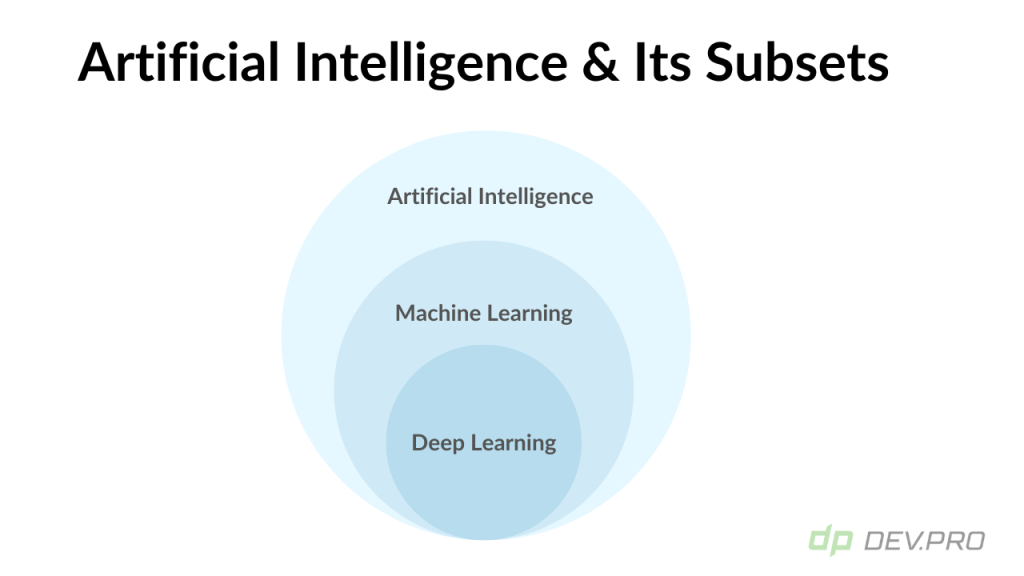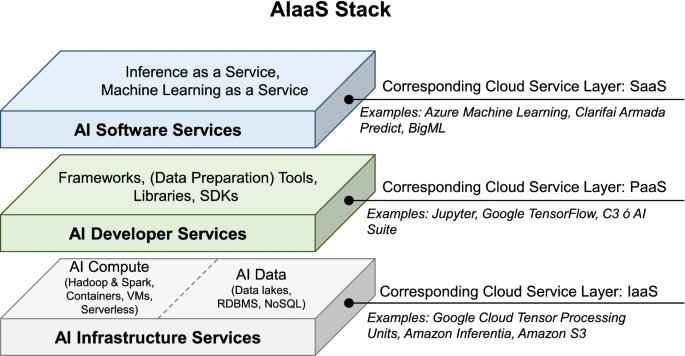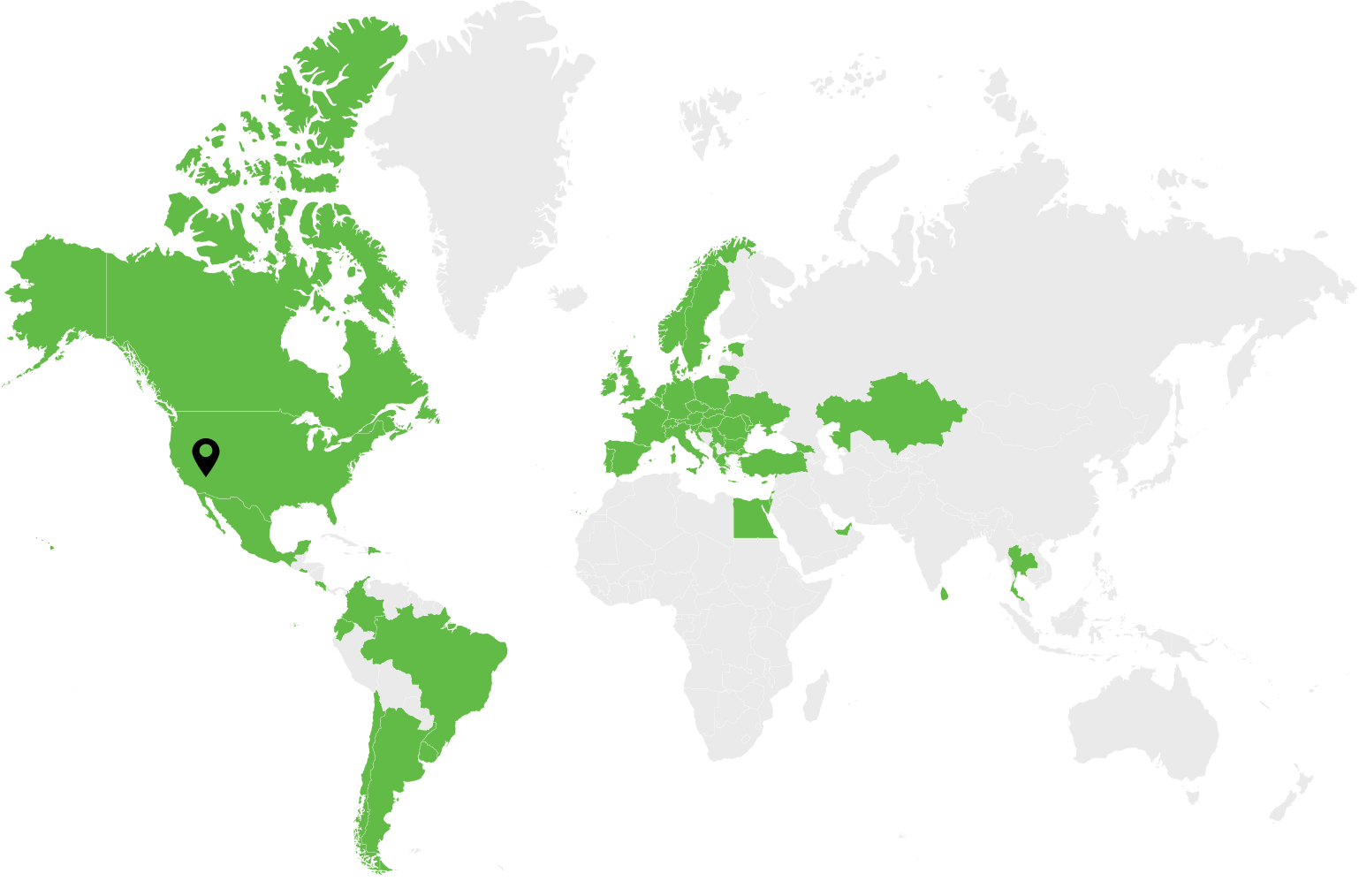Artificial Intelligence (AI), big data, cloud, and IoT are at the core of the fourth technological revolution, whereas the invention of the steam engine, electricity, and the internet gave birth to the first three epochs. The revolution of hyperconnectivity brings along the digitization of every human function. AI is about to reshape many of the fundamental processes as we know them.
The brand awareness of ChatGPT has escalated from zero to hero in record time, racking up 100 million active monthly users just two months after launch. That said, there’s still a lot of confusion. What is AI? How is it different from machine learning (ML)? Is the Deep Learning part (DL) of this group or an independent player?
But entrepreneurs and senior managers don’t know how to approach the technology and if it can accelerate their business, too.
Dev.Pro has been using these up-and-coming technologies for years to automate processes for our FinTech, Restaurant Tech, and retail clients. And this is our list of major artificial intelligence development services that businesses leverage in 2023. But first, let’s clear out some definitions.
Artificial Intelligence Definition
Of the three frequently used terms AI, ML, and DL, artificial intelligence is the broadest term—it includes ML as its discipline, which in its turn, includes DL as a subcategory.

What is AI?
Artificial intelligence is a technology and its resulting software solutions enable machines to perform human-like cognitive functions of perceiving, inferring, synthesizing, and learning by combining computer science and robust databases.
AI is further split into multiple disciplines devoted to different functions of brain and sensory activities such as machine perception, computer vision, speech recognition, general intelligence, social intelligence, natural language processing (NPL), problem-solving, knowledge engineering, and machine learning.
What is ML?
Machine learning is a branch of AI technology that allows machines to develop cognitive functions as the algorithm learns statistical relations on sample data and further applies the learned model to make predictions.
ML’s three fundamental approaches are supervised learning, unsupervised learning, and reinforcement learning. Recommendation engines, anomaly detection, and search engines are just a few of the popular applications of this field of computer science.
Artificial Intelligence vs Machine Learning
AI is a broader term that includes ML as part of its ecosystem alongside for example voice recognition, NLP, and computer vision. AI technologies enable machines to mimic the cognitive functions of a human, while ML aims to train machines to derive certain outputs based on the massive database of features and their respective inherent patterns.
Benefits of Using AI and ML in Your Tech Arsenal
Multiple advantages can be enjoyed by companies that can afford artificial intelligence development services. According to the IBM Global AI Adoption Index, these are the major benefits [the exact survey question being: “What benefits are organizations gaining from using AI to automate IT, business or network processes?”]:

Cost Savings and Efficiencies
By far, this is the most significant, multifold, and exponential of all gains that the corporate sector is going to amass from adopting more AI technology. In fact, all the avails listed below are either derivatives or the root of the financial, time, and/or efficiency savings.
Repetitive and routine tasks in all economy segments can be shifted to robots or machines, saving on labor expenses and bringing higher quality products to market quicker.
Improvements in IT or Network Performance
AI software development techniques are already heavily employed in all things QA. Automated testing software continuously checks the code according to preprogrammed scenarios and scripts. Alerting and monitoring software also bases its logic on AI, whereby malicious attacks and bugs get detected, reported, and fixed with the help of algorithms.
Better Customer Experiences
Chatbots, search engines, knowledge bases in customer service, recommendation engines in e-commerce, and personalized advertising are just a few of the areas that already elevate the customer experience. They are all powered by complex AI algorithms that may use voice recognition, text synergizing, and computer vision.
Free up Employees’ Time for Higher Value Activities
Mundane routine work is an inspiration for billions of workers around the globe—said no one. Unless you work in a highly creative job, like acting or marketing, the probability is that 50–70% of your job description is mundane, unexciting, and discouraging. This is why offloading repetitive tasks to machines is so beneficial for companies.
Before writing off this argument as unimportant, consider this statistic: a 170 K-respondent survey by Better Up places “Job satisfaction” as the first global driver of life satisfaction and “Purpose and meaning at work” as the third factor.
Delivering & Scaling New Services More Quickly
Speed to market is critical, as it allows companies to gain a competitive advantage by creating a more compelling product sooner for the client, driving market share and gaining a market leader status.
The same goes for continuous product development, when every feature can be developed faster with AI, and to work processes of pretty much all departments in online and offline businesses—from construction to restaurants. Many work processes can be optimized with AI and ML methods.
Mitigating Labor & Skills Shortages
Industries with low-paid jobs, harmful, and even dangerous working conditions could greatly benefit from AI-geared robotics and IoT. From burger-flipping bots in a restaurant to sorting and logistics robots in warehouses, there are many repetitive jobs where automation could mitigate labor shortages.
Reduction in Outages
Predictive analytics, which is part of AI science, is often used for predictive maintenance. It uses a number of factors to predict when a specific part of the manufacturing line can break or be worn out before it is actually broken.
Such an algorithm uses historical industry data, manufacturer’s warranty, and a combination of signals from physical sensors [for example those measuring vibration] to predict when to replace or service a specific part.
Since some manufacturing units, for example milk plants, are dealing with highly perishable products, outages in processing can lead to multimillion dollar damages. The situation is even worse if customs checks take a long time for the imported part to arrive at the plant.
Monitoring and alerting functions in software development also use a lot of AI, boosting high availability and reducing downtime.
Decrease in Data Center Emissions
While this all sounds rather technical and irrelevant for most people, if you have as much as a Gmail account, your data are also stored in a data center. Cooling off those data centers is both expensive and environmentally unfriendly. AI combined with ML and IoT can reduce the power needed to cool off these centers as well as electricity costs and the carbon footprint. In fact, companies may spend up to 40% of the power spent on data center cooling by using AI.
Application of Artificial Intelligence in Industries
HealthTech is pioneering AI as there is quite a bit of accumulated training data to build a model on. Radiology is one of those fields, where ML algorithms can be trained to diagnose patients and spot anomalies in X-rays.
According to the IBM Global AI Adoption report, the technology is used for reporting, streamlining operations, cost-effectiveness, supply chain management, and predictive maintenance among other applications.
Source: IBM Global AI Adoption report
These industry segments have actively started adopting many AI methods and technologies:
- Healthcare
- Fintech
- Marketing
- Education
- Manufacturing
- Retail
- Cyber Security
- Agriculture
- Customer Service
Let’s review major AI software development services that businesses can leverage to transform their processes.
Major Artificial Intelligence Development Services
Most of these services don’t exist in isolation and can be combined with other software engineering services and technologies such as DevOps, cloud computing, architecture design, system integration, and IoT. It’s also common for these services to coexist in one solution, for example voice recognition, speech synthesis, and ML can all be part of one solution.
Artificial Intelligence Consulting
Artificial intelligence consulting services are fundamental for bigger enterprises. It takes a knowledgeable enterprise architect to look at the entire complex technology ecosystem of a big company, analyze its tech stack and business requirements and identify the departments and processes whose AI adoption will bring the most ROI.
Immediate fixes can be available with little investment such as applying AI monitoring and alerting for network perimeters and there can be longer more investment-heavy projects with sustainable significant shifts.
When preparing to seek AI / ML consulting, it’s good to conduct the following steps internally:
- Prepare the structure of your systems and networks with major providers, licensing, and deployment details.
- Determine the top three business objectives for the company for the year and 3-year period. Do the same for the three major departments.
- Research the use of AI / ML in your industry globally and locally, laying it out in a document with your estimation if the same application of AI tech could improve your business.
- Create a team of IT, Finance, HR, and security managers who would be interested and qualified in representing their department in AI adoption committee.
- Conduct a search of AI consulting companies, prepare your RFP, and send it out, respectively.
AI App Development
AI app development services can imply two things: developing an AI tool for a client; or more broadly, developing a web or mobile application using AI technologies, like computer vision, speech synthesis, voice recognition, or ML algorithms.
In the latter case, a company will follow a regular SDLC, designing, building, deploying, and testing the application, but will involve technical talent with a specific skill set in respective AI technologies.
AI Software Development
This service also suggests the usual software development services along all the phases of SDLC [design, build, deploy, test, maintain]—but with respective AI and ML technology integrated into the process, helping fulfill a part of the function.
For example, the Dev.Pro team developed software for one of our clients that used an ML algorithm to create a product promotion engine for a chain of pharmacies with 300,000 POS terminals across 30 countries.
Our experienced data and ML engineers built a powerful insight-rich reporting engine for the sales department of a chain of pharmacies to base decisions on. The team had to overcome a number of operational stumbling blocks, such as different forms of packaging [blisters, pills, packs], the absence of naming conventions, formatting rules, or unique identifiers for a POS location.
The team managed to build a multilevel tree model to bring data to one form and achieved 98% data mapping processing without employee involvement. A manual validation interface with intuitive UI allowed to process the remaining 2% of data. Now, the chain of pharmacies has full observability into the sales cycle and can plan and measure the success of the promotional activities better.
NLP Software Development
NLP is a subset of AI that facilitates computers to comprehend, interpret, and produce human speech and texts similarly to humans. The technology is used collaboratively with AI, ML, and DL algorithms, statistical analysis, and computational linguistics. And NLP is used for spam detection in emails, machine translation, chatbots, predictive text, document analysis, and customer service assistants, social media sentiment analysis, and many other functions.
When it comes to NLP software development services, these are some of the popular tasks that allow text-to-speech, speech-to-text, text-to-voice identification, conversion, and processing:
- Speech recognition development
- Natural language generation
- Sentiment analysis services
- Grammatical tagging
- Sense disambiguation
- Named Entity Recognition [NER]
- Parsing
- Stemming
A few famous products based on NLP include the Google Search engine, Grammarly, Alexa, Siri, and Google Translate.
NLP software development services are in high demand in industries like customer services, SEO, HealthTech, legal, FinTech, and InsurTech.
Computer Vision Development Services
Computer vision development deals with the recognition, analysis, and further manipulation of images and videos. As the objects may be recognized in real time, the software programs are often integrated with IoT devices like cameras.
These are popular tasks that computer vision and machine vision technology help solve:
- Image recognition
- Image detection
- Image tagging
- Object detection
- Object labeling
- Data labeling
- Generative Adversarial Network
- Emotion detection
- Video analytics
- Optical character recognition
The computer vision development process usually includes these steps:
- Image / video collection
- Image labeling
- Organization & classification
- Processing of the data
- Model training
- Deployment
- Displaying
These economy segments have been using the technology to successfully enhance their business processes: HealthTech, AgriTech, banking, automotive, entertainment, media, insurance, and manufacturing.
Chatbot Development
Chatbot development services usually imply that the design, development, training, testing, and deployment of the chatbots meet the client’s business requirements.
Chatbots are widely used to drive customer engagement, reduce customer service costs, and improve lead generation and conversion across multiple industries.
Rule-based chatbots will use a simple yes/no logic in their design, and the more complex type that uses ML algorithms to provide a more customized reply based on the previous answer.
Popular chatbot development platforms include Google Dialog flow, Azure bot service platform, IBM Watson, and Amazon Lex.
RPA [Robotic Process Automation]
Companies looking to automate some repetitive time-consuming tasks at scale may consider ordering RPA services.
These software automation services aim to use bots to complete rule-based tasks.
Larger enterprises can scale these optimized processes across multiple departments, outlets, and continents so that they are the prime clients and biggest beneficiaries of this AI/ML service.
The process of robotic process automation development entails these stages: problem identification and requirement gathering, bot development and testing, deployment of RPA components, data management, and ecosystem design.
Human resources, supply chain management, healthcare, accounting, and customer services departments have a lot of repetitive processes that can be optimized with RPA.
Data Mining Services
Data mining companies aim to offer clients data extraction from a diverse range of formats and media such as web, social media, SQL databases, image data mining, Excel, Word, and PDF.
Companies may want to retrieve and analyze all kinds of unstructured and structured data at a massive scale to solve a single business objective.
Even companies that may have an AI / ML development department inside their organization may look to outsource data mining services due to the sheer volume and complexity of scraping the data, mapping, and tagging it.
Neural Networks Development Outsourcing
Neural network development services employ computer science and statistics to perform analysis based on functional principles similar to that of a human brain. NN is a subset of AI and DL and uses layers of nodes [input, output, and hidden middle layers] to train itself to recognize specific objects based on the training model.
Neural Network is often used with computer vision, speech recognition, and NLP technologies. Search engines and recommendation engines are prime examples of neural network development applications.
NN services will include functions like neural network analysis, training, visualization, and development stages.
Widely used in HealthTech, FinTech, EduTech, MarTech, and manufacturing, the NN development is on the rise and will increase in popularity over the next decade, going into the mass adoption stage for most industries.
AIaaS Artificial Intelligence as a Service
All subsets of artificial intelligence services imply consumption of massive computing capacity, so the emergence of AIaaS was inevitable. Major cloud services providers as well as third-party vendors have started offering tools for these services and expanding their offering exponentially.
Similar to IaaS, PaaS, and SaaS, AIaaS platforms will eventually offer user-friendly platforms and tool kits for beginners to develop AI-powered projects with a minor investment in finance, labor, and time.

Springer: AIaaS Stack
Dev.Pro: Artificial Intelligence Development Company with Proven Expertise
Dev.Pro developers have been building software for over 12 years. We have always shown a keen interest in all things artificial intelligence, experimenting with and implementing AI extensively into our projects as they evolved.
With 500 Fortune clients in our portfolio, 800+ team in 55 countries, our data scientists have the know-how to enhance processes in major enterprise departments: finance, marketing, human resources, supply chain management, IT, administration, and operations.
Ask our devoted teams about our AI / ML portfolio and how we can help your project outpace your competition with the help of this revolutionary technology.

